Bridging Insights To Action
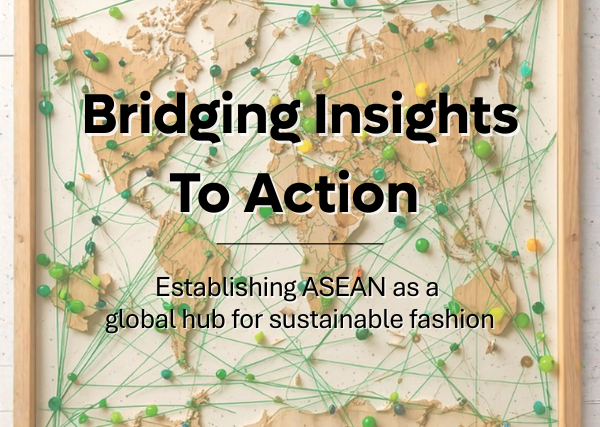
On 19 Nov 2025, at the Asia-Pacific Textile and Apparel Supply Chain Expo & Summit (APTEXPO) in Singapore, we shared early insights from our Sustainability Sectoral Plan — an ongoing […]
The Singapore Shift: Fashion Meets Sustainability
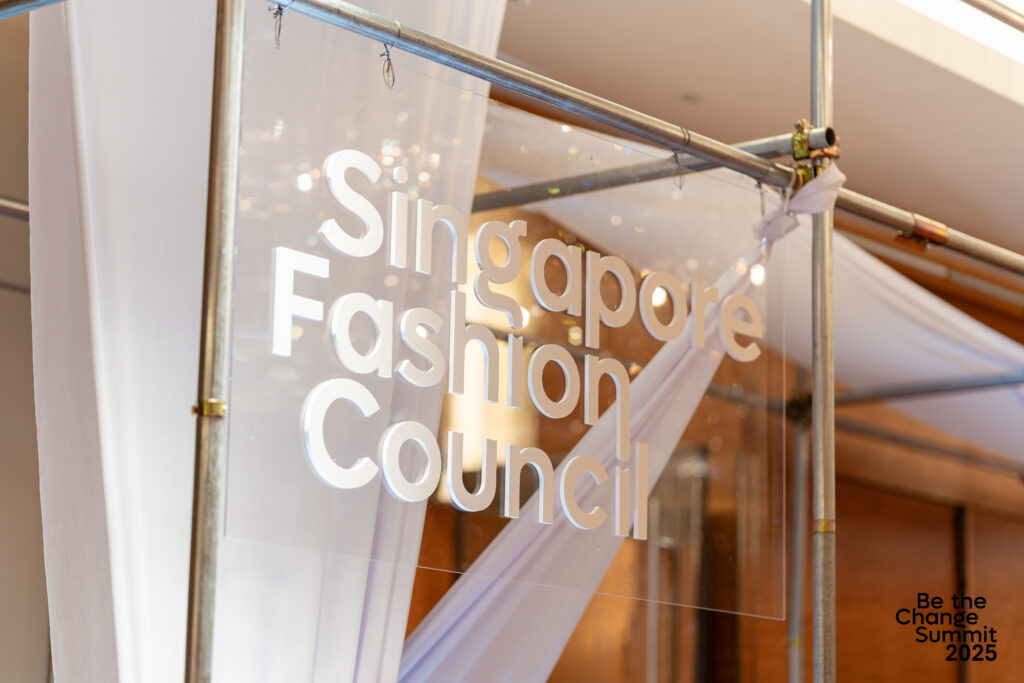
The Singapore Shift: Fashion Meets Sustainability Read more
Five standout designers from the Singapore Stories 2025 Fashion Futures showcase
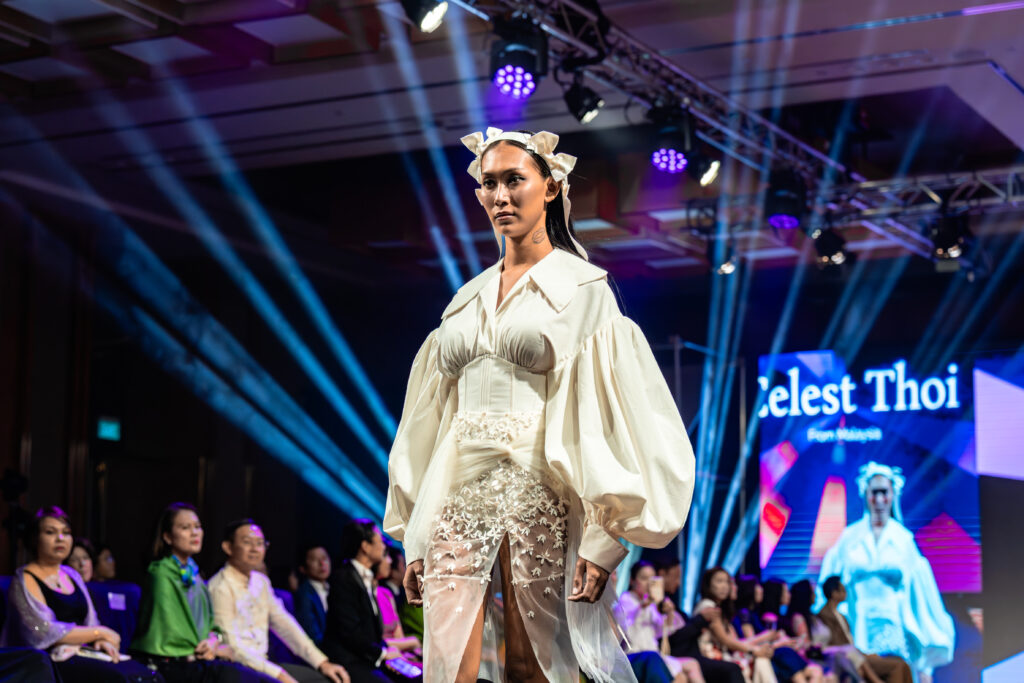
Five standout designers from the Singapore Stories 2025 Fashion Futures showcase Read more
Singapore Stories 2025 Showcases Fashion with Purpose
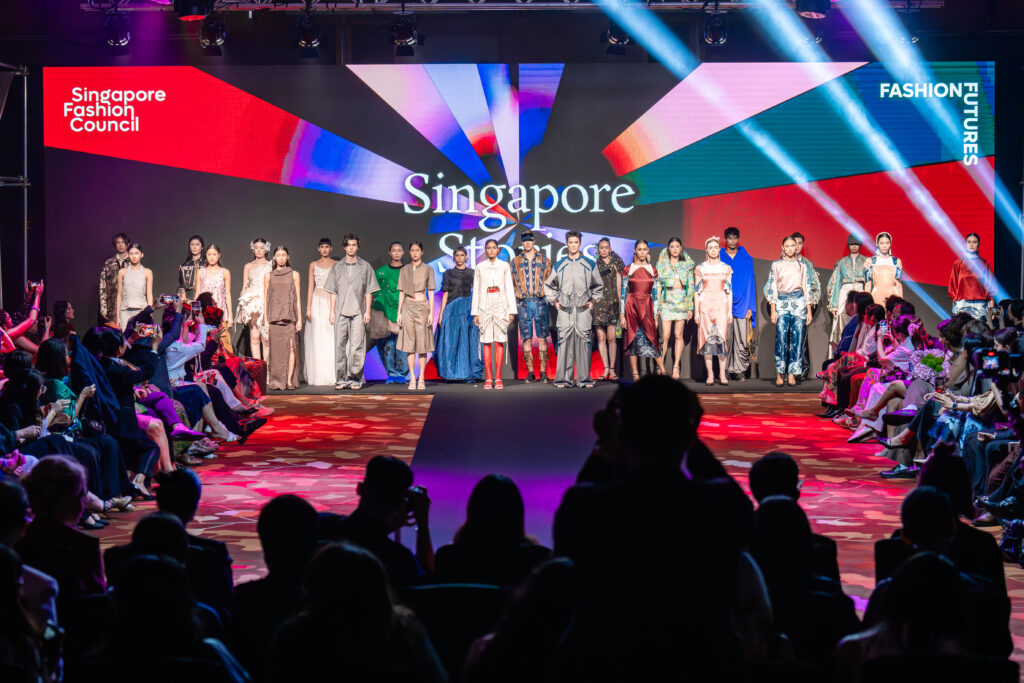
Singapore Stories 2025 Showcases Fashion with Purpose Read more
The GRAZIA Singapore Weekend Guide: Sip With Sydney’s Best Bartenders, Celebrate Local Designers, And More
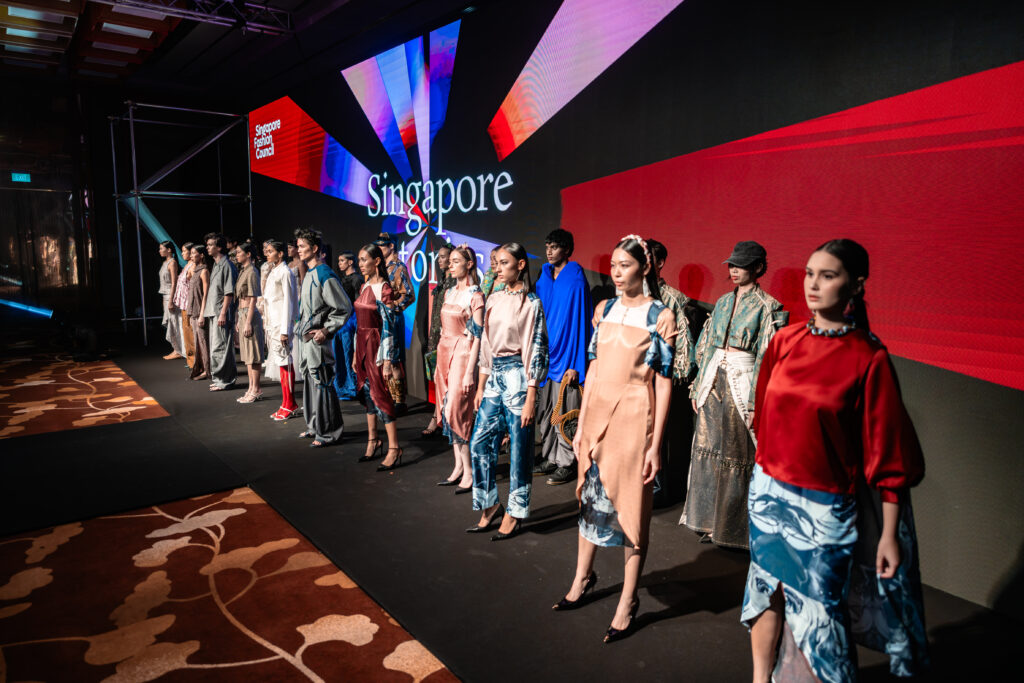
The GRAZIA Singapore Weekend Guide: Sip With Sydney’s Best Bartenders, Celebrate Local Designers, And More Read more
新加坡时尚协会将同业界伙伴合作 推动纺织废料再循环与利用
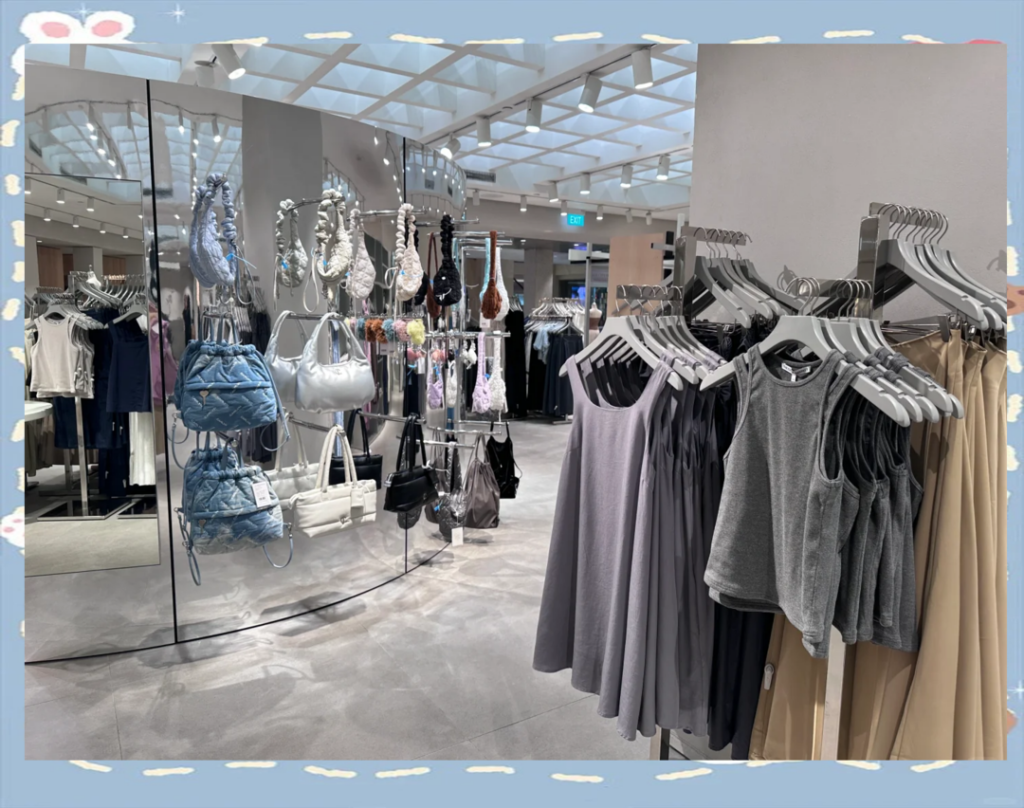
新加坡时尚协会将同业界伙伴合作 推动纺织废料再循环与利用 Read more
本地纺织回收率五年不及5% 时尚协会牵头成立联盟促回收

本地纺织回收率五年不及5% 时尚协会牵头成立联盟促回收 Read more
Singapore Fashion Council launches a new Textile Circularity Consortium
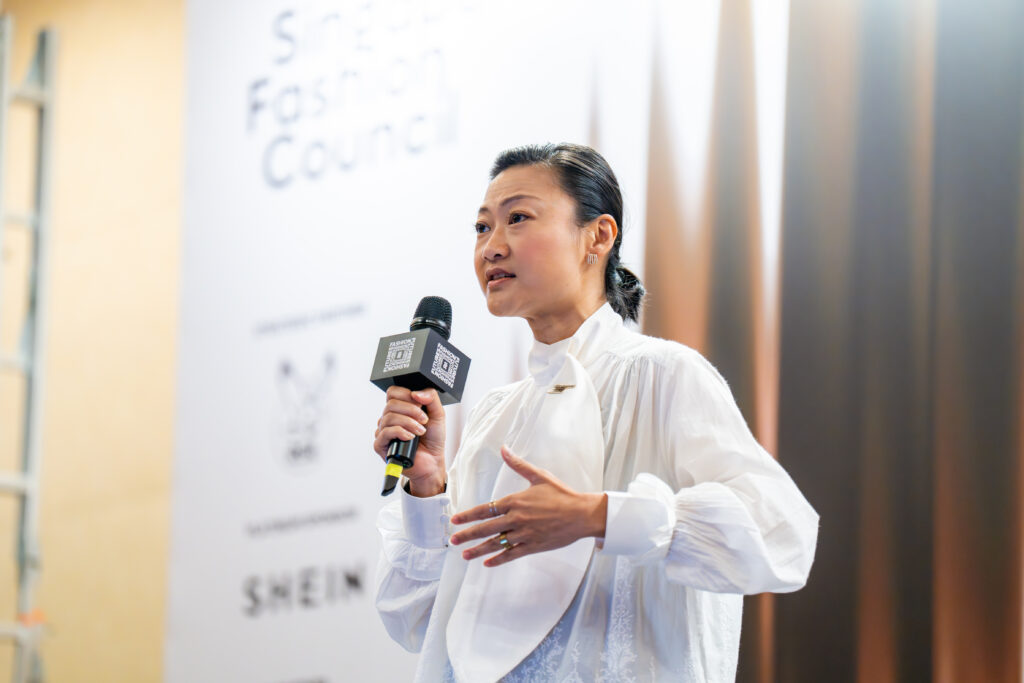
Singapore Fashion Council launches a new Textile Circularity Consortium Read more
Singapore Fashion Council launches a new Textile Circularity Consortium
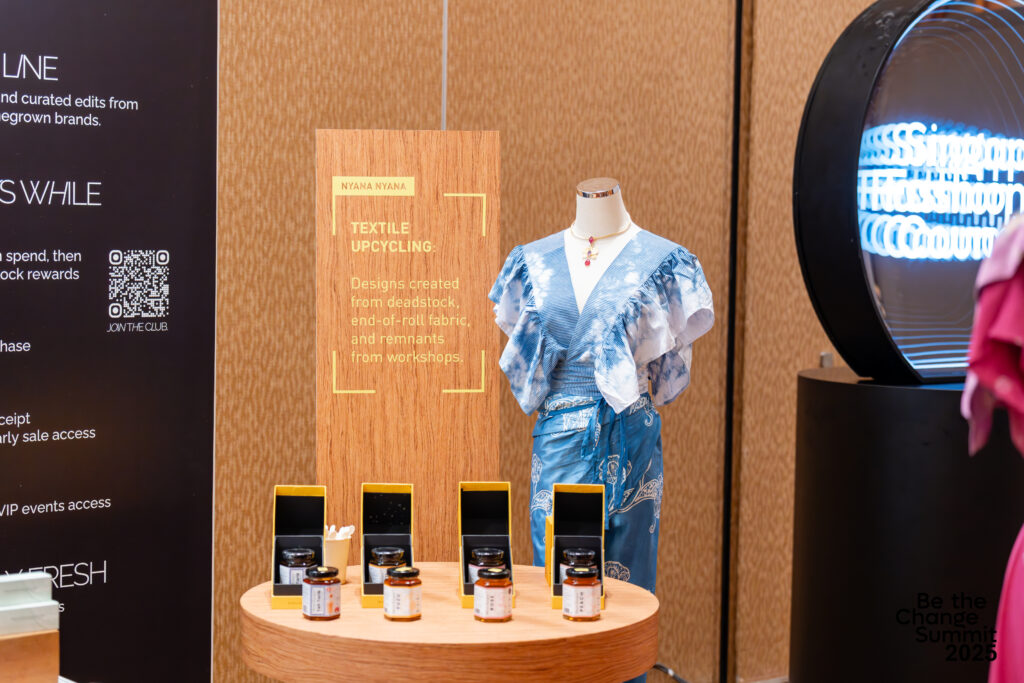
Singapore Fashion Council launches a new Textile Circularity Consortium Read more
Singapore Fashion Council launches a new Textile Circularity Consortium

Singapore Fashion Council launches a new Textile Circularity Consortium Read more
